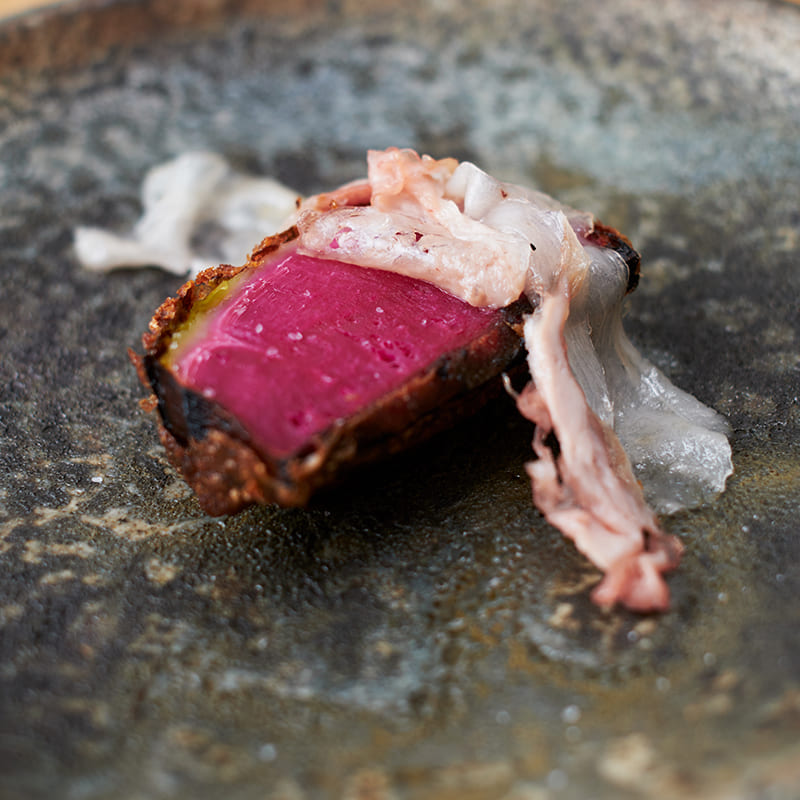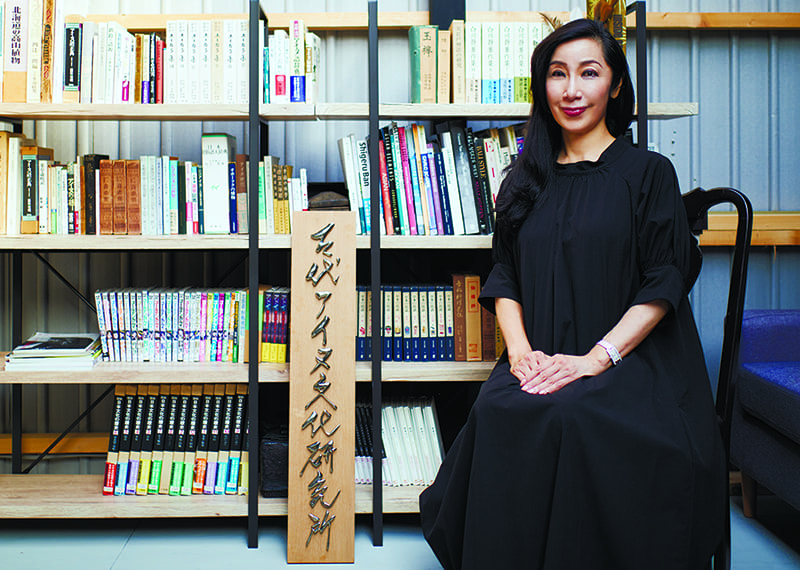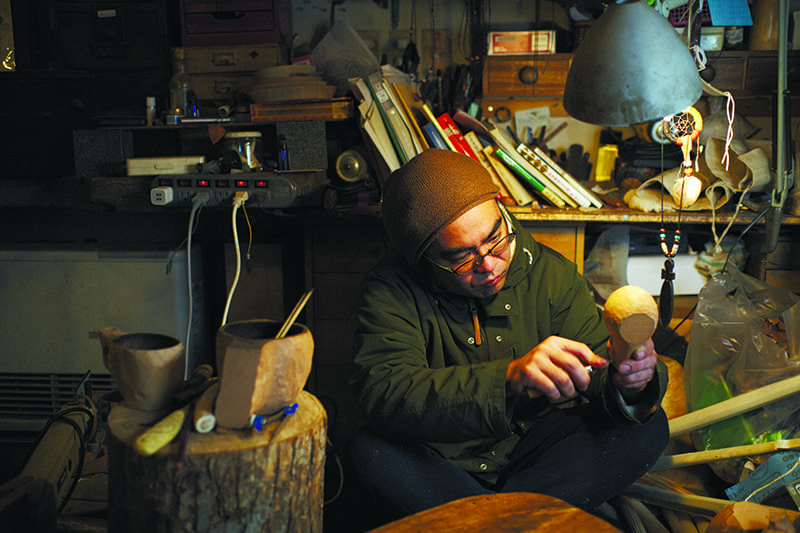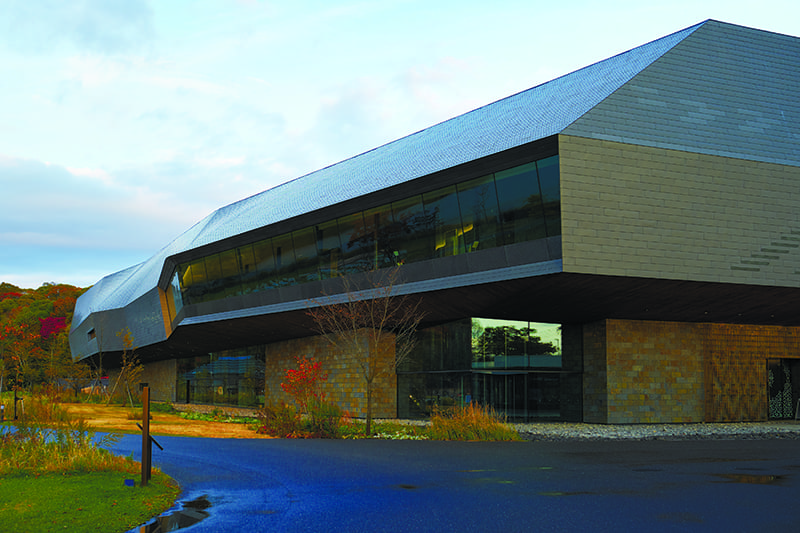November 29, 2021
An Ainu-language expert illuminates their worldview
LANGUAGE
“There are no native speakers of Ainu left in Japan.” These are the words of Ainu-language scholar Hiroshi Nakagawa, professor emeritus at Chiba University’s Faculty of Letters. The geographical distribution of the Ainu language, which shares no similarities or origins with other languages and which has a variety of local dialects, at one time extended from Hokkaido to Karafuto (now Sakhalin) and the Kamchatka Peninsula. But the number of Ainu speakers in Japan decreased drastically as a result of the assimilation policy implemented by the Japanese government starting in the mid-19th century. In UNESCO’s 2009 report on endangered languages, Ainu was listed as being at “extremely serious” risk.
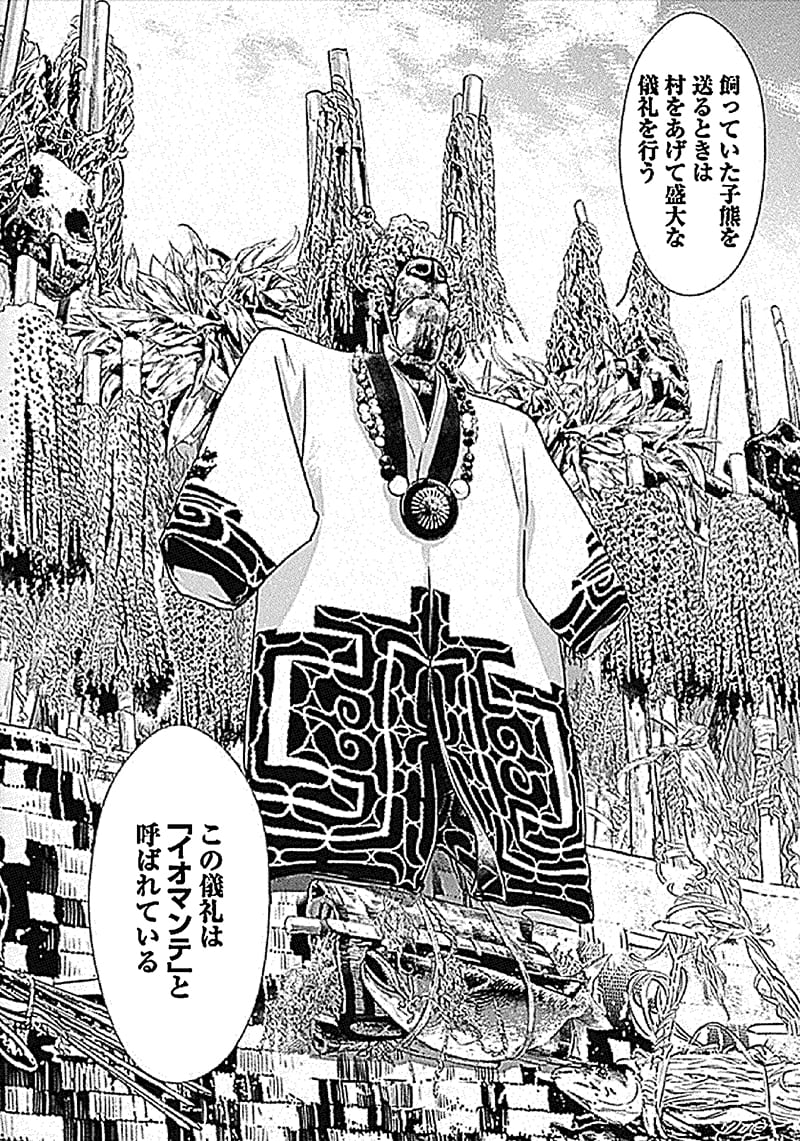
©NODA SATORU/SHUEISHA

©NODA SATORU/SHUEISHA
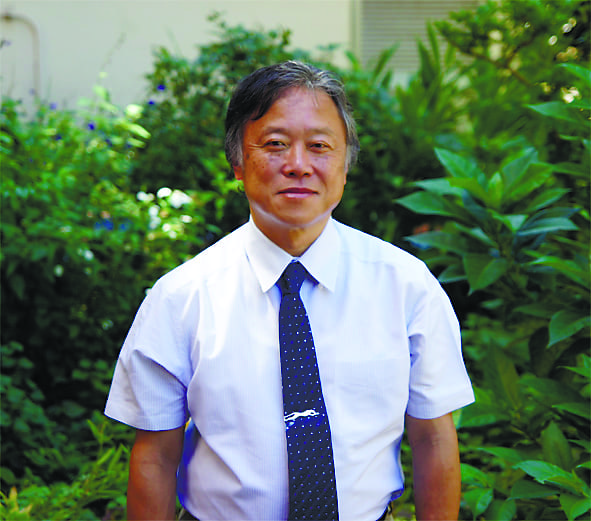
Over the last few years, however, there has been an unprecedented “Ainu boom,” with a sudden increase in publications presenting introductory or general information on the Ainu people, as well as the reissuing of out-of-print books. A catalyst of this phenomenon is the manga series “Golden Kamuy,” for which Nakagawa serves as Ainu-language supervisor. Set in early 20th-century Hokkaido and Karafuto, “Golden Kamuy” recounts a battle for survival among a diverse group of men seeking a legendary gold nugget. With a cumulative printing figure of 17 million copies, the series has been a major hit with the public. Its most distinctive feature is undoubtedly its detailed attention to various aspects of Ainu life in the period depicted — hunting methods, cooking, village appearance, rituals and so on — through the lens of the story’s heroine, an Ainu girl called Asirpa.
The manga’s creator, Satoru Noda, has roots in Hokkaido, and this is one factor in his extraordinary enthusiasm in researching the history and Ainu culture of the period, as well as his impressively vivid portrayal of Ainu people.
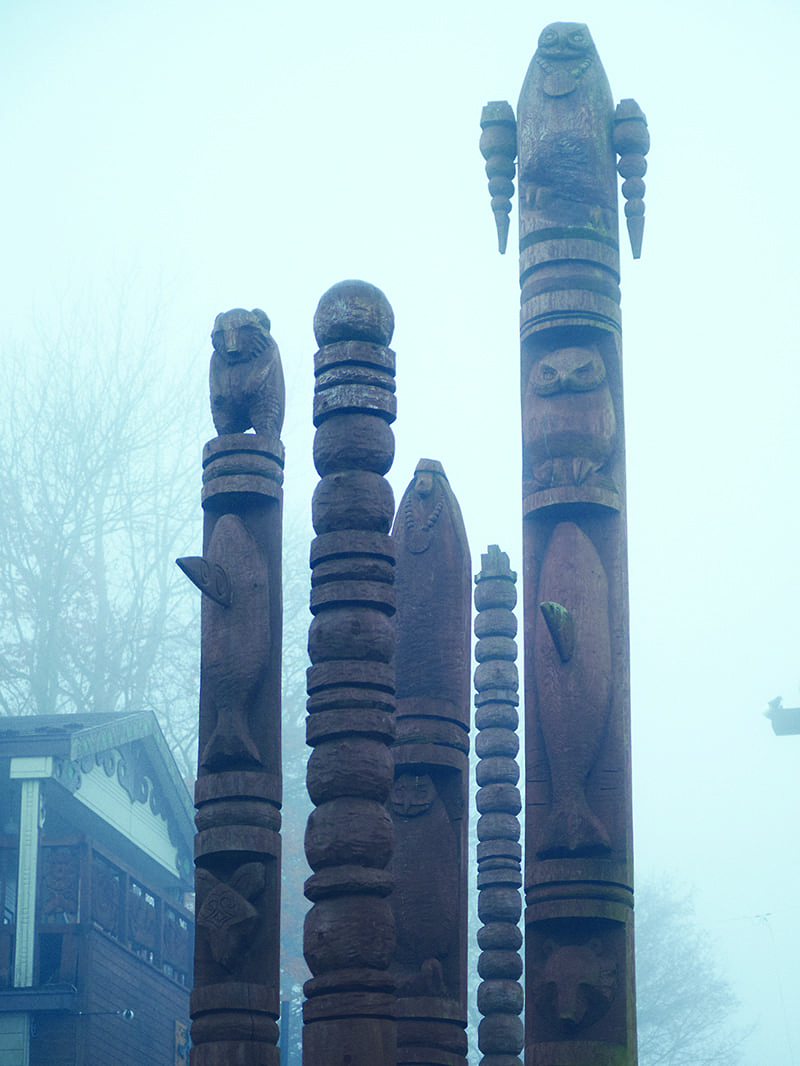
PHOTO: KOUTAROU WASHIZAKI
Today, more and more young readers are discovering Ainu culture through “Golden Kamuy.” At the “Citi Exhibition: Manga,” held at the British Museum in 2019, the social significance of transmitting an ethnic minority’s culture through the genre of manga was evaluated highly. In fact, an illustration of Asirpa was used as the main visual for the entire exhibition.
Nakagawa said, “The first thing that really impressed me about ‘Golden Kamuy’ was the masterful storytelling — as well as the fascinating portrayal of the heroine, Asirpa, as an Ainu woman looking toward the future. I was also surprised by the precise and detailed depiction of ceremonies, hunting clothes and other aspects of Ainu life.” Amazed by the manga’s high quality, Nakagawa readily accepted the role of language supervisor and has translated and supervised all Ainu proper names and conversations between Ainu characters arising in the creation of “Golden Kamuy.”
“At first I felt a little hesitant. Since I’m not a native Ainu speaker, I knew that if I wrote sentences in Ainu, I’d end up creating some new expressions,” he said. “On the other hand, an inherent part of language is that new expressions are always emerging. A popular manga like ‘Golden Kamuy’ will spread awareness of the Ainu language, and new interpretations and discoveries will come up within the story. I think this is the kind of thing that will help make Ainu a ‘living language.’”
One of the new interpretations proposed by Nakagawa is that of the word “kamuy,” which represents the foundation of Ainu thinking. The Ainu believe that spirits dwell in all things. They revere animals and trees, implements, stones, fire — all the things that surround human beings — as kamuy.
Nakagawa said: “’Kamuy’ is usually translated into Japanese as ‘kami’ [‘god’ or ‘spirit’], but I personally feel that interpreting ‘kamuy’ as ‘environment’ would lead to a deeper understanding of the Ainu people. To maintain a good relationship with their environment, the Ainu have always valued both animals and man-made implements as kamuy. In this way of thinking, even the smartphones we use today, for example, are kamuy to Ainu people. To me, the Ainu language and way of thinking are alive not only in the ‘primitive’ way of life in which people are surrounded by nature, but also in the modern urban lifestyle.”
アイヌ語の研究者が語る、アイヌの思想。
「アイヌ語を母語とする人はもう日本にいないんです」。アイヌ語研究者の千葉大学・中川裕名誉教授はそう語る。他の言語と類似の系統を一切持たず、多様な方言が存在するアイヌ語は、北海道から樺太、カムチャッカ半島にかけて広く分布していた。
しかし、19世紀半ばからの同化政策によって国内のアイヌ語話者は激減し、2009年UNESCO発表の「消滅の危機に瀕する言語」レポートでも“極めて深刻”の部類に登録されている。
しかしこの数年間、かつてない「アイヌブーム」がいま到来している。その契機をつくったのが、中川教授がアイヌ語監修を務めるマンガ『ゴールデンカムイ』だ。このマンガの最大の特徴は、アイヌの狩猟法や料理、村の様子や儀礼などを緻密に紹介している点。『ゴールデンカムイ』で初めてアイヌ文化を知ったという若い世代が続出し、2019年大英博物館で開催されたマンガ展では、少数民族の文化を伝えるという社会的意義が高く評価され、展覧会のメインビジュアルにもなった。
Return to Sustainable Japan Magazine Vol. 6 article list page


